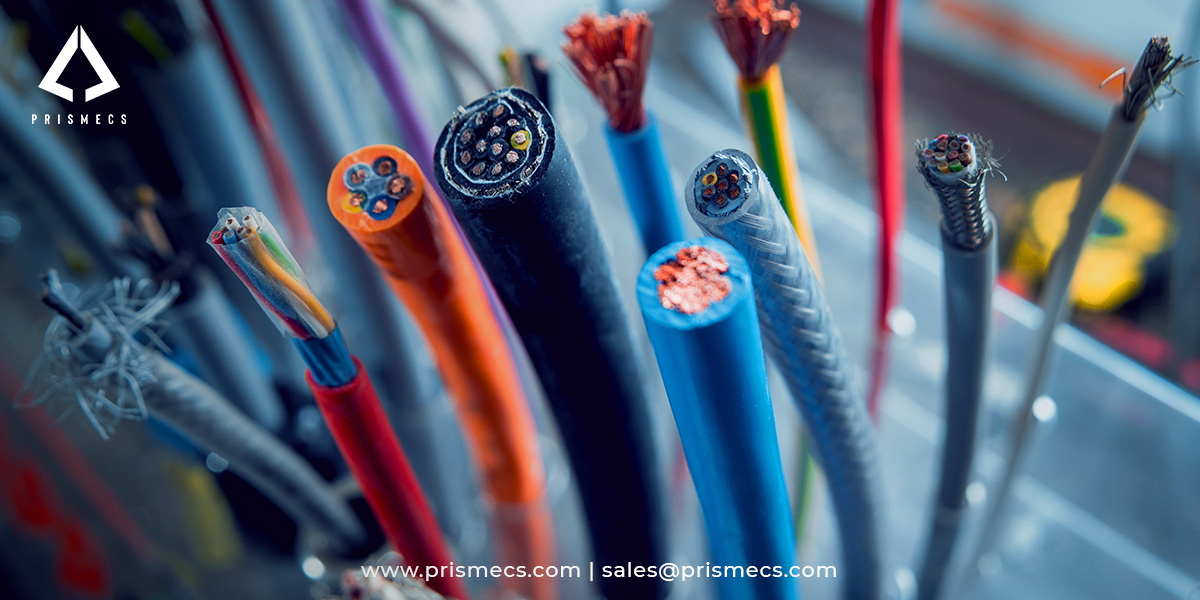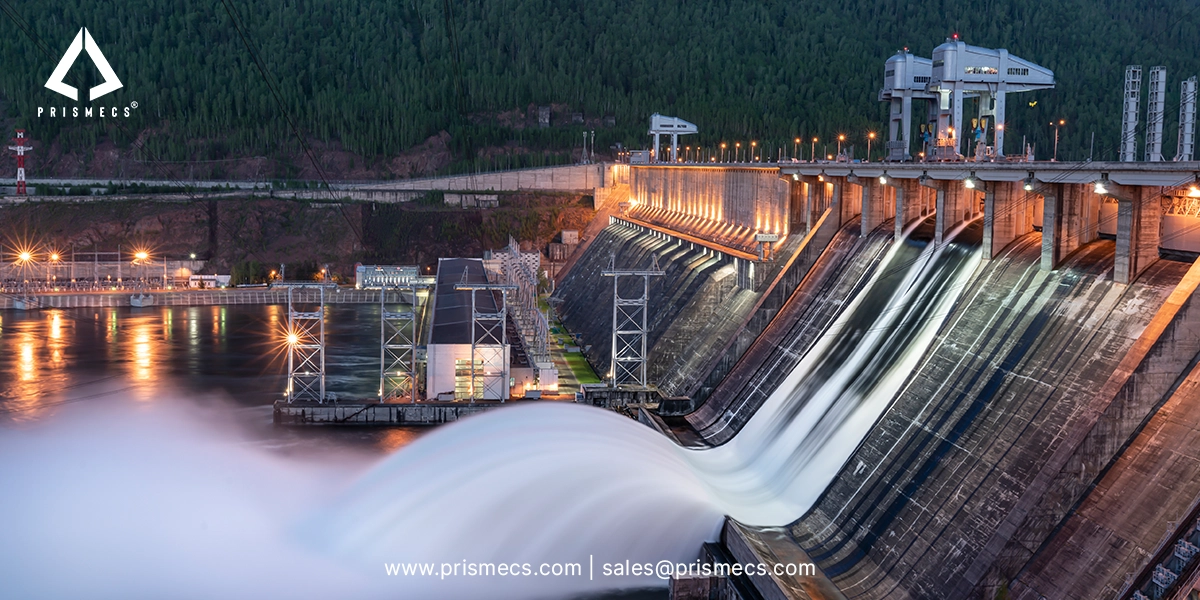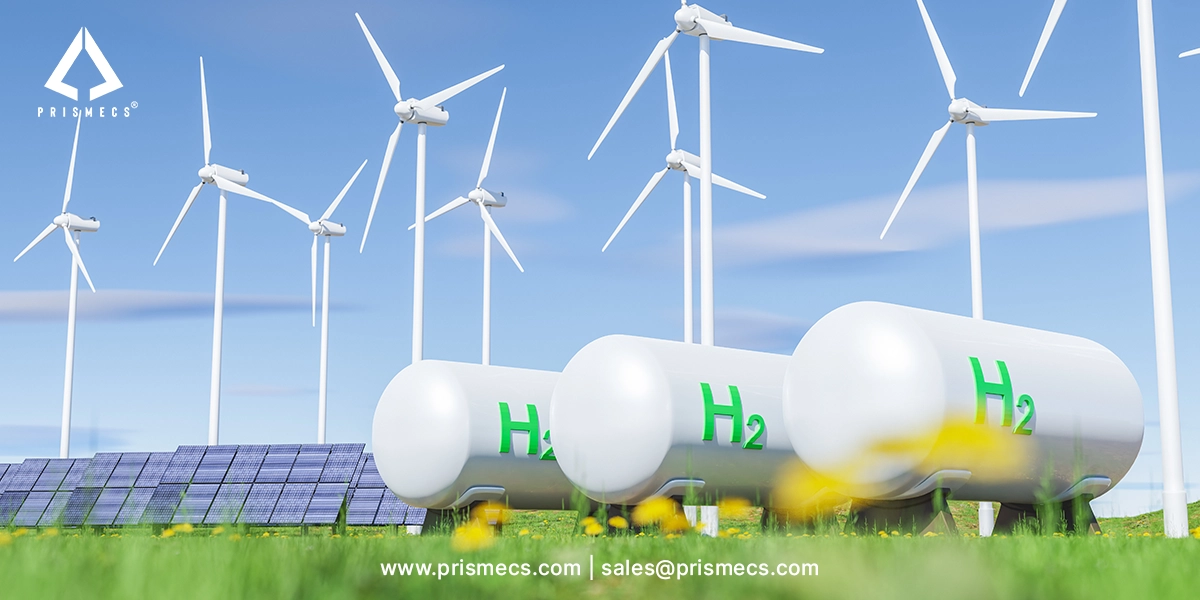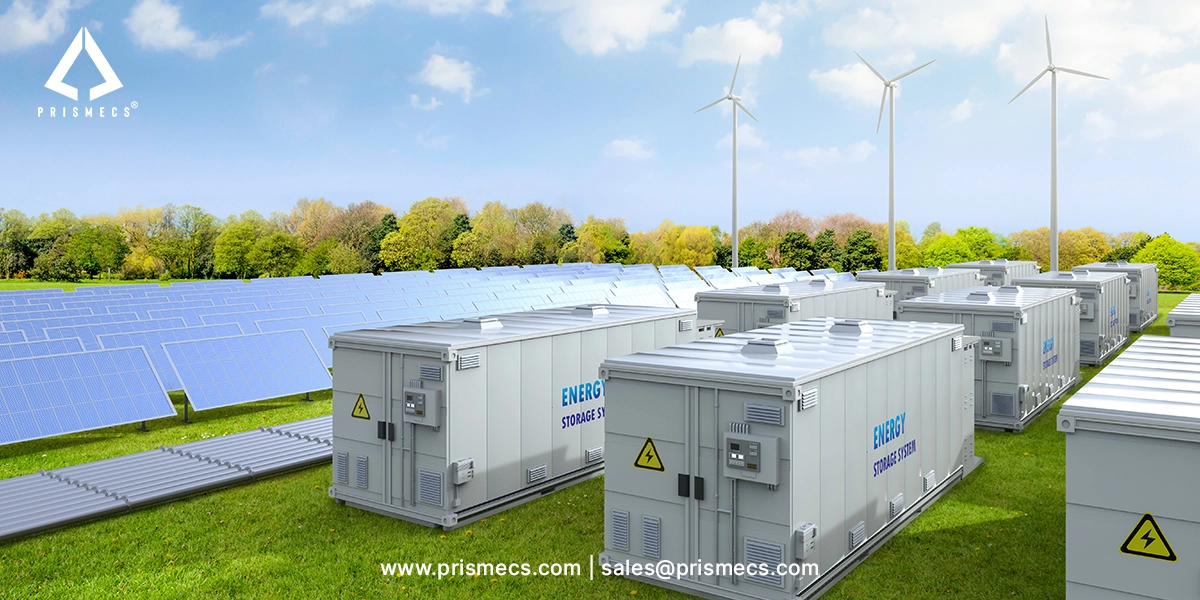
In modern electrical systems, maintaining components in an organized, protected, and efficient state is crucial. One key element that facilitates all three is the cable assembly. Cable assemblies play a vital role in powering industrial automation, telecommunications, and electric distribution systems. They transmit power and signals safely and efficiently across various commercial and industrial applications. But what exactly is a cable assembly, and how does it differ from wire harnesses? How does it stand apart from similar components, such as bundle cables used in the same systems?
Cable Assemblies vs. Wire Harnesses: What’s the Difference?
Although often used interchangeably, wire harnesses and electric cable assemblies are distinctly different in both design and application. While both serve the purpose of routing electrical signals or power, their structure, protection levels, and use cases vary. Understanding these differences is crucial when selecting the right solution for your specific needs. You must consider environmental exposure, required flexibility, and the cost of erection during selection.
Wire Harness
A wire harness (or wiring assembly) is a collection of wires and bare conductors grouped with a simple covering. It’s typically used for organizing wiring and offering minimal protection. Commonly seen in automotive and consumer electronics, wire harnesses are lightweight and cost-effective. They work well in environments with limited mechanical stress and minimal external impact. However, they may not suit applications with exposure to bare messenger wire or outdoor elements. Lack of full enclosure or insulation limits many wire harnesses in harsh conditions.
Cable Assembly
A cable assembly combines two or more conductors, including a neutral conductor, enclosed in a robust outer jacket. Manufacturers can produce this jacket from various materials, including rubber, vinyl, polyurethane, and other thermoplastic materials. Unlike a wire harness, a cable assembly encapsulates all its components in a single insulated sheath.
Cable assemblies offer enhanced durability and protection compared to exposed wire harnesses. Most electric wire or cable assemblies appear black in colour for UV resistance and visual uniformity. Industrial and outdoor settings often utilize black cable assemblies for enhanced protection. Cable assemblies frequently outperform traditional harnesses in heavy-duty environments.
They provide better longevity and resist harsh conditions more effectively than wire harnesses. They are also preferred where bare conductors and bare messenger wire could pose safety or reliability concerns.
What Is a Bunch Cable?
A bunch cable groups several conductors together without following a specific arrangement. This construction offers flexibility and is well-suited for applications with expected dynamic movement. In overhead power transmission and electric distribution, bundled cables offer strong mechanical strength. Aerial bundled cables reduce energy losses and lower installation costs for such power applications.
Key Benefits of Bunch Cables
- Increased flexibility for movement and routing
- Improved organization of neutral and phase conductors
- Resistance to external stress and environmental factors
- Ideal for interconnect solutions in high-vibration or mobile applications
Components of a Standard Cable Assembly
A typical cable assembly includes the following:
Positive Conductor
Carries the electrical current across long distances and helps conduct electricity efficiently through power conductors. In power distribution systems, overhead lines on distribution poles commonly use a positive copper conductor. Copper wire handles higher voltage needs with minimal power losses across the network. It performs reliably, even in hilly terrain where consistent distribution is crucial.
Neutral Conductor
Completes the electrical circuit and balances the flow of electricity through the system. This neutral wire works in tandem with the positive conductor to stabilize the voltage across loads. In overhead power lines, the neutral conductor ensures safe operation of power distribution systems. It also reduces the operative cost of maintaining reliable power distribution in rural or mountainous areas.
Grounding Wire
Safeguards users and devices from faults by redirecting excess electricity. Often connected to a distribution pole, the grounding wire enhances safety in systems that conduct electricity at higher voltage levels. It’s essential in hilly terrains, where ground faults are more likely due to uneven terrain and environmental exposure.
Outer Insulation
Shields the inner components from extreme temperatures, moisture, fire, friction, chemicals, and sunlight and ultraviolet radiation. Engineers commonly use high-performance XLPE insulation for its resistance to heat and mechanical stress in overhead power lines. The insulation not only protects the internal cables but also prevents harm to users. It reduces environmental risks caused by exposed wiring. It ultimately improves system durability and reduces operational costs in remote or rugged environments. The insulation not only protects the internal cables but also prevents harm to users. It reduces environmental risks caused by exposed wiring.
Common Applications of Cable Assemblies
Because of their versatility, cable assemblies are found in various industries and applications:
Electric Distribution Systems
Electric distribution systems and transmission lines widely use cable assemblies and bunch cables. They transmit electricity from substations to consumers through structured and efficient connections. Their structured design ensures reliable operation in both urban and rural setups. These systems often include electrical conductors installed on utility poles to ensure steady and secure power delivery.
Aerial Bunched Cables (ABC)
ABC systems utilize tightly bundled, insulated electrical conductors to enhance safety, minimize transmission losses, and reduce the risk of outages. These cables are ideal for overhead power applications, especially in densely populated areas. Utility poles typically hold them as a compact alternative to traditional single-conductor overhead lines.
Industrial and Manufacturing
Cable assemblies serve as critical interconnect solutions in factories, powering machines and automating processes. The durable outer sheath ensures safe operation even in high-heat or high-dust environments. These systems often begin with raw material processing and extend to automation equipment via transmission lines and robust assemblies.
Aerospace and Defense
In high-stakes environments, cable assemblies offer the robustness needed for reliable communication and power flow. Bunch cables and single-conductor solutions provide flexibility in dynamic aerospace environments, where precision and reliability are paramount.
Telecommunications and Data Centers
Structured cable assemblies support seamless data transmission, offering speed, clarity, and organization in server rooms and communication hubs. Whether connecting to servers or managing large-scale bandwidth requirements, you need high-performance electrical conductors. These conductors are crucial for maintaining efficiency and ensuring consistent uptime across systems.
Why Cable Assemblies Matter?
Using high-quality cable assemblies, including bunch cables and aerial bunched cables, delivers long-term advantages:
- Efficiency: Supports streamlined power and data transmission
- Durability: Built for high-performance and harsh environments
- Safety: Reduces risks of short circuits, fires, and electrical shock
- Ease of Maintenance: Simplifies installation, troubleshooting, and future upgrades
Whether you're setting up a residential power system, the correct cable assembly ensures reliable performance. Designing complex industrial equipment also requires the correct cable assembly for consistent reliability and performance.
Prismecs: Your Partner for Cable and Interconnect Solutions
At Prismecs, we deliver high-performance interconnect solutions for modern infrastructure and industrial automation needs. We also support demanding energy systems with reliable, efficient, and tailored connection solutions. From bundled cables to aerial bunched cable systems, our team offers customizable options.
We tailor each solution to meet the exact needs of your specific application and project. Our team builds cable assemblies to withstand harsh environments and extreme conditions. We also provide efficient layouts explicitly designed for overhead power distribution requirements. Prismecs stands ready to power your next project with precision and expertise. We provide turnkey supply chain and engineering solutions for operators worldwide. To learn more about our business, call us at +1 (888) 774-7632 or email us at sales@prismecs.com.
Tags: Cable Assembly Electric Cable Assemblies Bunch Cable Distribution Pole Power Conductors Power Distribution Overhead Power Lines Copper Wire Electrical Conductors
recent posts

Renewables
5 minutes read
How Renewable Energy Systems Work Efficiently
Discover how renewable energy systems work efficiently to provide affordable, zero carbon energy, overcome storage challenges, and power for a sustain...

I and C Services
7 minutes read
Expert Commissioning Services for Safe, Efficient Operations
Learn how expert commissioning services support safe, efficient, and reliable energy operations across complex industrial and power systems.

Green Hydrogen
7 minutes read
Green Hydrogen Plant Technology Guide
Discover how a green hydrogen plant works, its key technologies, and its role in clean energy. Explore solutions for scalable, carbon-free hydrogen pr...

EPC Services
7 minutes read
EPC Power: From Design to Delivery of Reliable Energy System
Discover how EPC power solutions streamline design to delivery, ensuring reliable, efficient, and future-ready energy systems in one integrated proces...